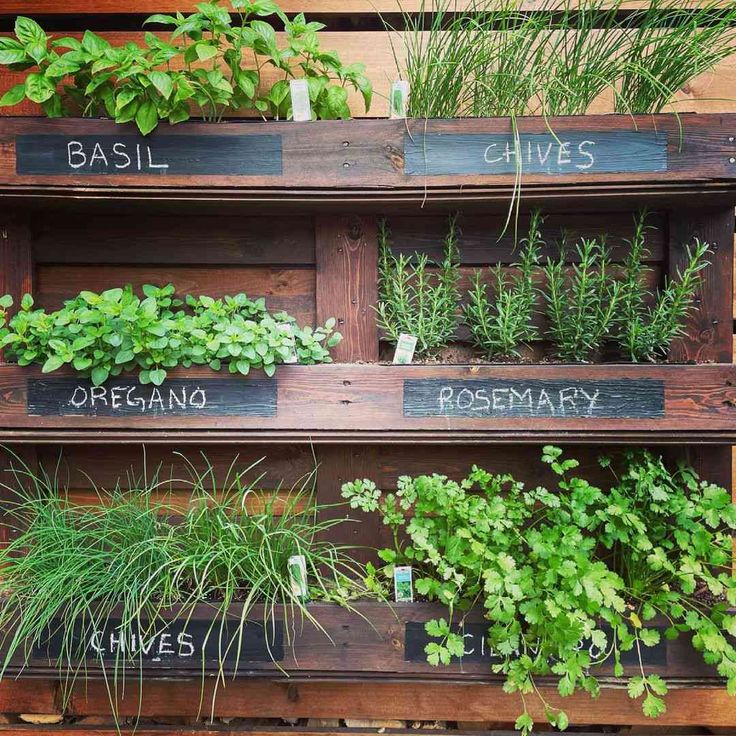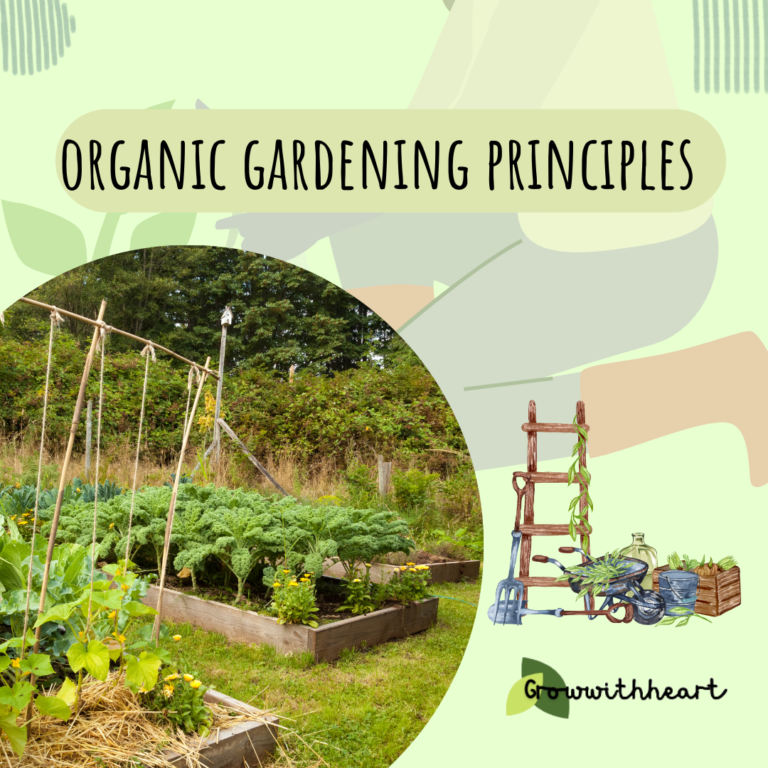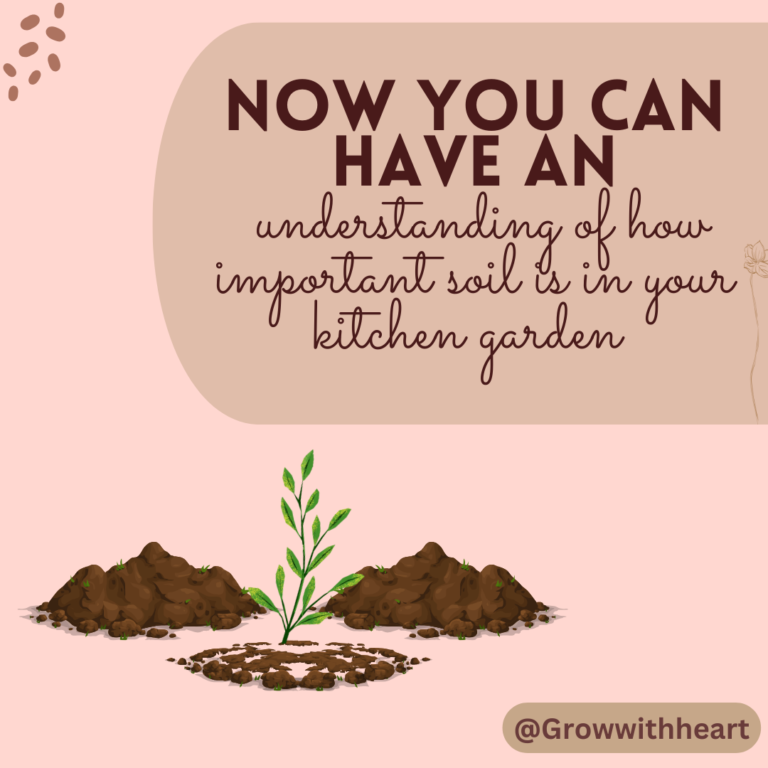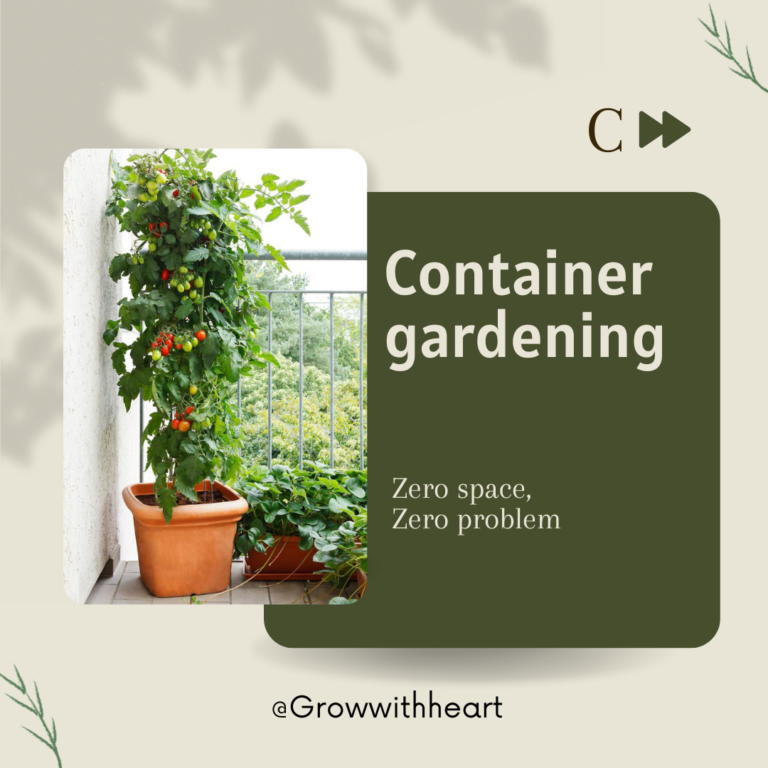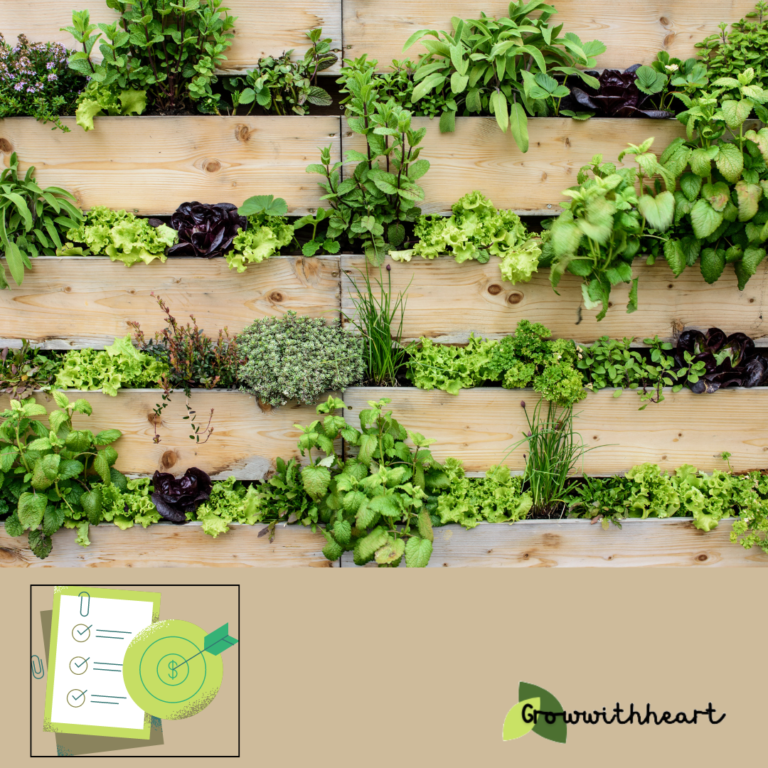Why Choose Terrace Vertical Gardening? Benefits and Considerations
Table of Contents
ToggleIntroduction to Terrace Vertical Gardening
Terrace vertical gardening is a smart way to grow plants in small spaces, like on a balcony or rooftop. It uses walls, frames, or special structures to grow plants upwards instead of on the ground.
This is great for people who live in cities where there isn’t much space for traditional gardens. Terrace vertical gardening not only looks beautiful but also helps the environment and makes your home more pleasant.
In this guide, we’ll talk about the many benefits of terrace vertical gardening and give you tips on how to start and take care of your vertical garden.
Benefits of Terrace Vertical Gardening
Maximizes Limited Space
One of the biggest advantages of terrace vertical gardening is that it saves space. If you live in an apartment or a house with a small yard, you can still grow a lot of plants by going vertical.
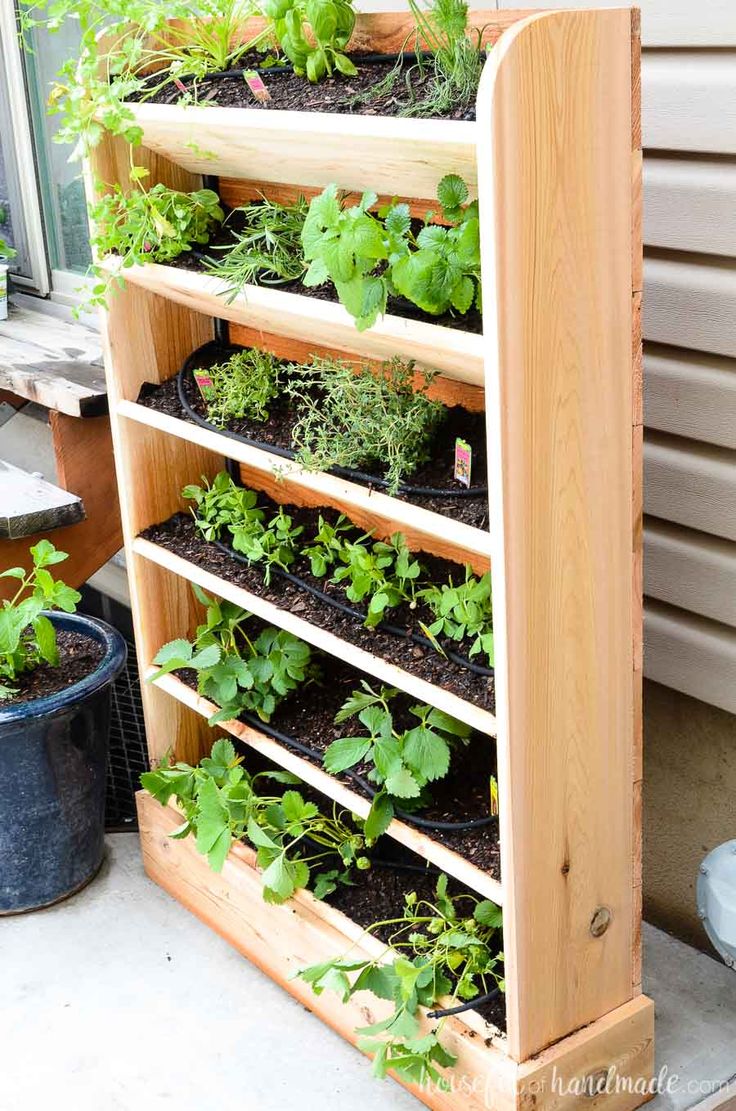
You can use walls, fences, or special stands to grow plants like herbs, and vegetables. This way, you can enjoy gardening even if you don’t have a big backyard.
Improves Air Quality
Plants naturally clean the air by taking in carbon dioxide and releasing oxygen. They also remove harmful substances from the air. Having a vertical garden on your terrace can make the air around your home cleaner and healthier.
This is especially important in cities where air pollution can be a problem. Plants like spider plants, snake plants, and ferns are especially good at cleaning the air.
Enhances Aesthetic Appeal
A vertical garden can turn a boring terrace into a beautiful and colorful space. You can arrange plants in different patterns and use decorative pots and frames to make your garden look unique.

This not only makes your home more attractive but also creates a relaxing environment where you can unwind and enjoy nature.
Reduces Urban Heat Island Effect
Cities can get very hot because of all the concrete and buildings. This is known as the urban heat island effect. Plants can help cool down the air through a process called transpiration, where they release water vapor.
A vertical garden can help lower the temperature around your home, making it more comfortable, especially in the summer.
Promotes Mental Well-being
Gardening is known to reduce stress and improve mood. Having a vertical garden on your terrace gives you a peaceful place to relax and connect with nature.

Taking care of plants can be very satisfying and can boost your overall well-being. The colors and scents of the plants can also make you feel happier.
Considerations for Terrace Vertical Gardening
Structural Support
Before you start a vertical garden, make sure your terrace can support the weight of the plants, soil, and water. Vertical gardens can be heavy, especially when the plants are fully grown.
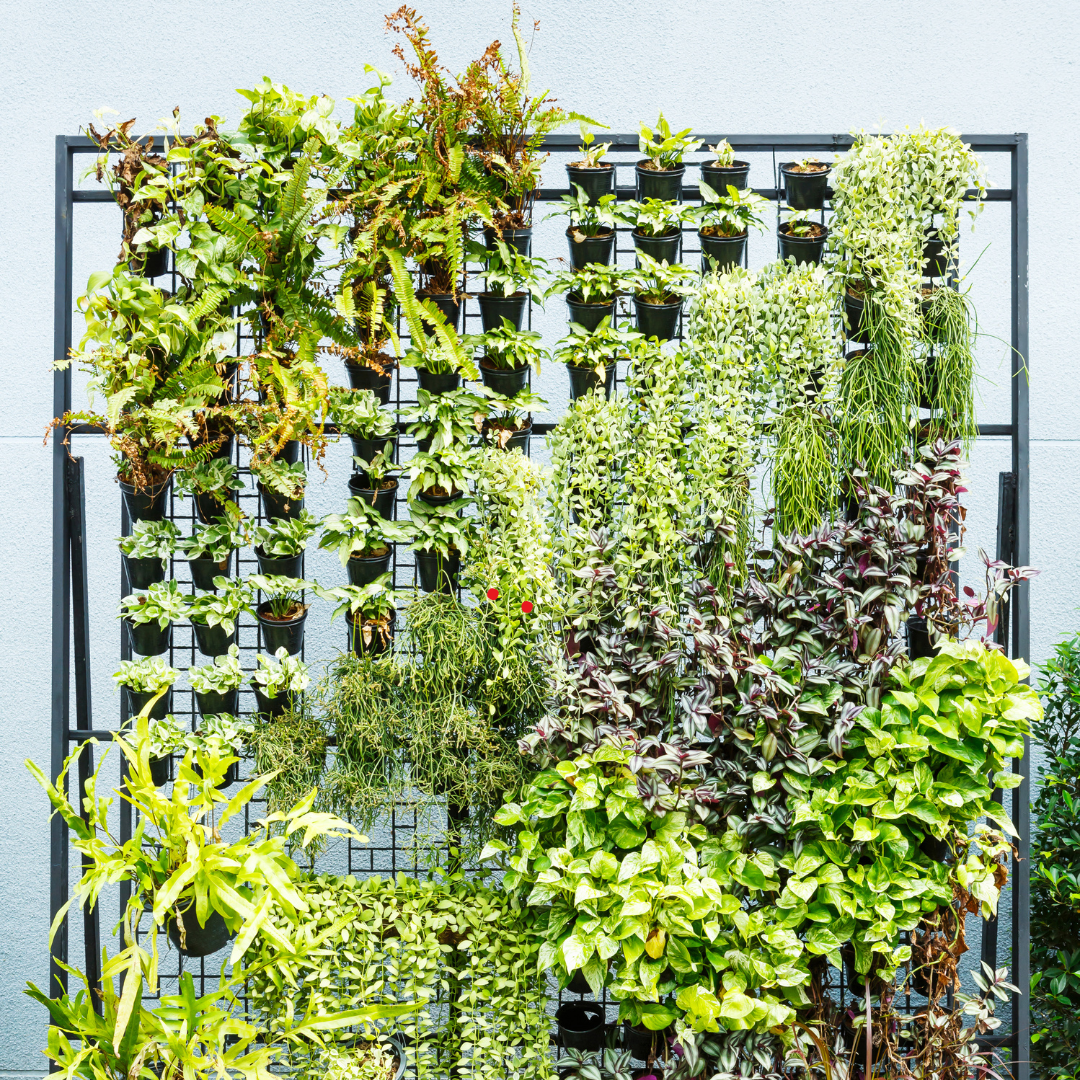
It’s a good idea to check with a professional to ensure that your terrace is strong enough to hold everything.
Sunlight and Water Requirements
Different plants need different amounts of sunlight and water. Choose plants that match the light conditions on your terrace.

For example, if your terrace gets a lot of sun, pick sun-loving plants like tomatoes and peppers. Also, make sure you have a good watering system to keep your plants healthy.
Soil and Fertilization
Good soil is important for a healthy garden. Use high-quality soil that drains well to prevent water from sitting and causing root rot.

Regularly add fertilizer to keep the soil rich in nutrients. This will help your plants grow strong and healthy.
Pest Control
Watch out for pests that can harm your plants. Regularly check your garden for signs of insects or diseases.

Use natural pest control methods like introducing beneficial insects (like ladybugs) or using organic sprays to protect your plants without harming the environment.
Maintenance
Taking care of a vertical garden requires regular maintenance. Water your plants, trim dead leaves, and replace any plants that aren’t doing well.
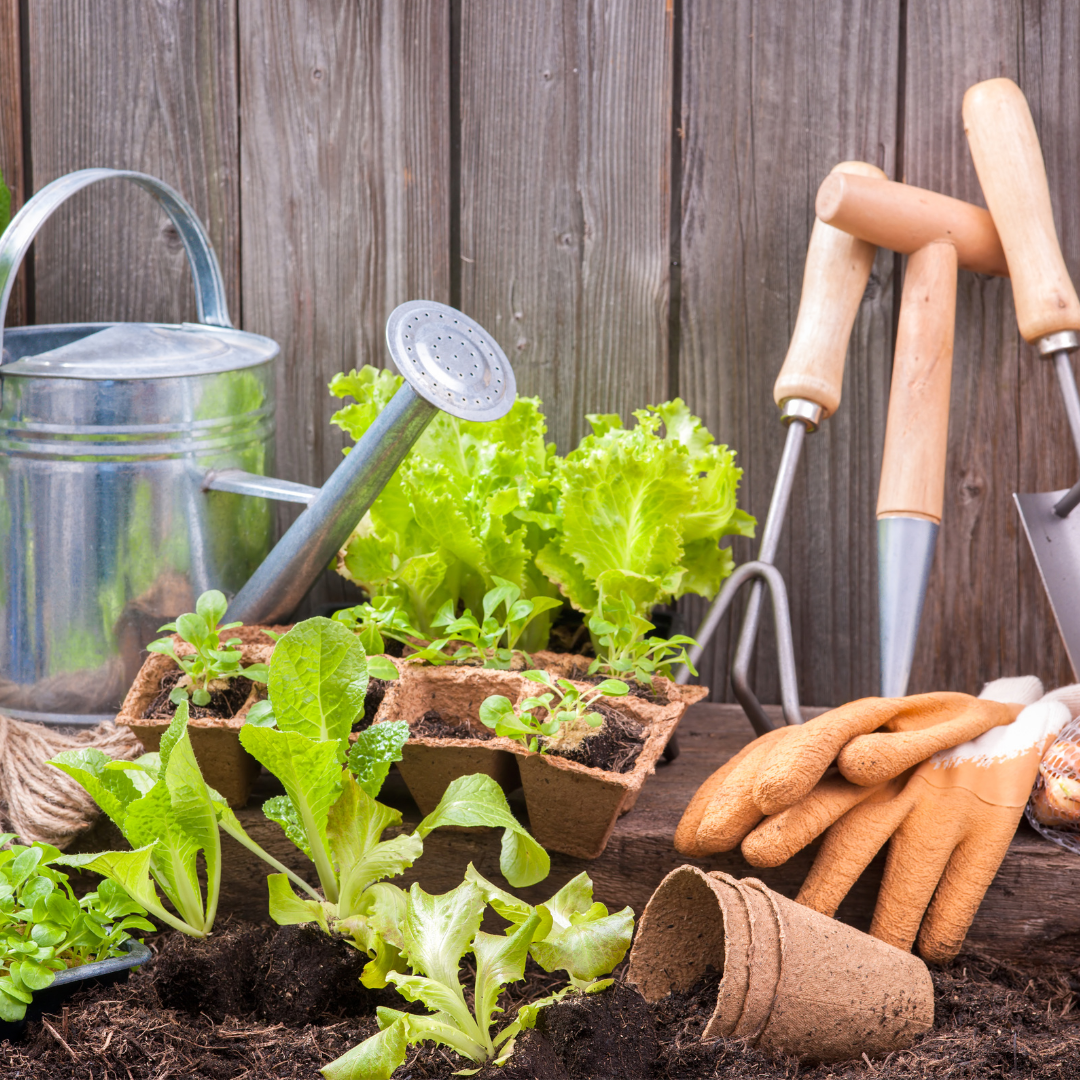
Spend some time each week caring for your garden to keep it looking its best.
Designing Your Terrace Vertical Garden
Planning and Layout
Before you start planting, plan the layout of your garden. Think about where you want to place your plants and what structures you’ll use, like wall-mounted planters or hanging baskets. Sketch a simple design to help visualize your garden.
Mix plants with different colors and textures to create a beautiful display. Group plants with similar care needs together to make maintenance easier.
Choosing the Right Plants
Select plants that suit your terrace’s conditions. Some good options include:
Herbs to grow:
- Basil,
- parsley
- mint
- thyme
- oregano
Vegetables to grow:
- cherry tomatoes
- peppers
- radishes
Leafy greens to grow:
- Spinach
- Fenugreek leaves
- Red Amaranth leaves
- Curry leaves
- Coriander
- Radish greens
- Lettuce
- kale
Set up your vertical garden by installing any necessary support structures.
Fill your containers with high-quality soil and plant your chosen plants. Arrange taller plants at the back and shorter ones at the front to ensure all plants get enough light.
Water your garden thoroughly and add mulch to retain moisture. If using a drip irrigation system, set it up and test it to ensure even water distribution.
Advanced Techniques for Vertical Gardening
Hydroponics and Aquaponics
For a more advanced approach, consider hydroponics or aquaponics. These methods grow plants without soil and can be very efficient.

- Hydroponics: Plants grow in a nutrient-rich water solution. This can be done using techniques like vertical towers.
- Aquaponics: Combines hydroponics with fish farming. Fish waste provides nutrients for the plants, and the plants help clean the water for the fish.
Vertical Garden Kits and Systems
You can buy pre-designed vertical garden kits that make it easy to set up your garden.
These kits often include planters, frames, and irrigation systems. They are a great option if you want a simple and convenient way to start your vertical garden.
Smart Gardening Solutions
Use technology to help care for your garden. Smart gardening tools like automated irrigation systems, soil moisture sensors, and plant health monitors can make it easier to keep your garden in top shape.
These tools provide real-time data and alerts, helping you manage your garden more effectively.
Sustainability and Environmental Impact
Water Conservation
Vertical gardens can help conserve water. Use efficient irrigation methods like drip systems to minimize water waste. Collect and reuse rainwater or greywater from your home to water your garden.
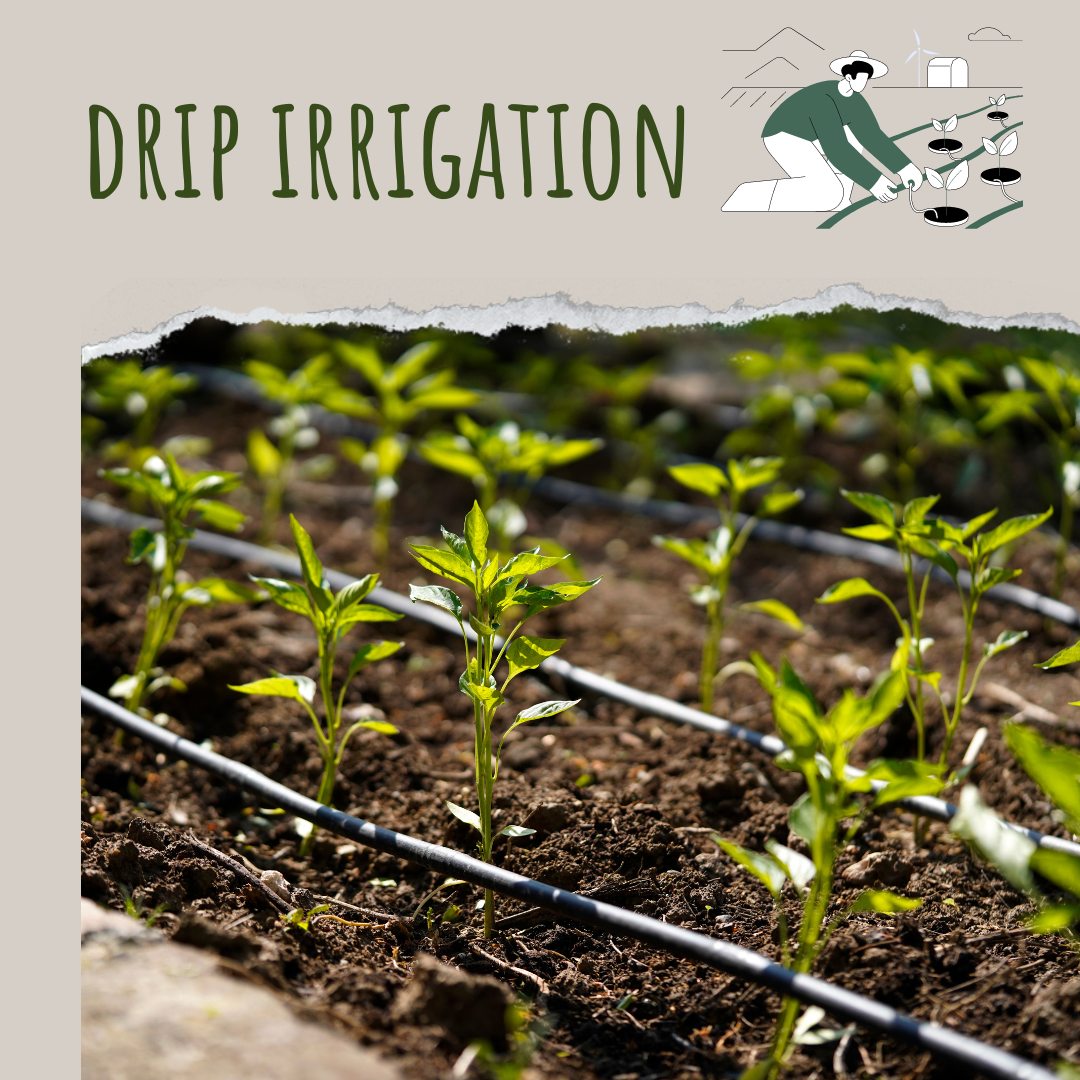
This reduces your reliance on municipal water supplies and promotes sustainability.
Reducing Carbon Footprint
Growing your own food in a vertical garden reduces the need to buy produce that has been transported long distances.
This lowers greenhouse gas emissions and provides you with fresh, healthy food.
Promoting Biodiversity
Vertical gardens can attract beneficial insects and birds, supporting local ecosystems. Plant a variety of species to create a diverse and vibrant garden that promotes biodiversity.
Overcoming Challenges in Vertical Gardening
Dealing with Limited Light
If your terrace doesn’t get much sunlight, choose shade-tolerant plants. Use reflective surfaces to increase light exposure or invest in grow lights to supplement natural light.
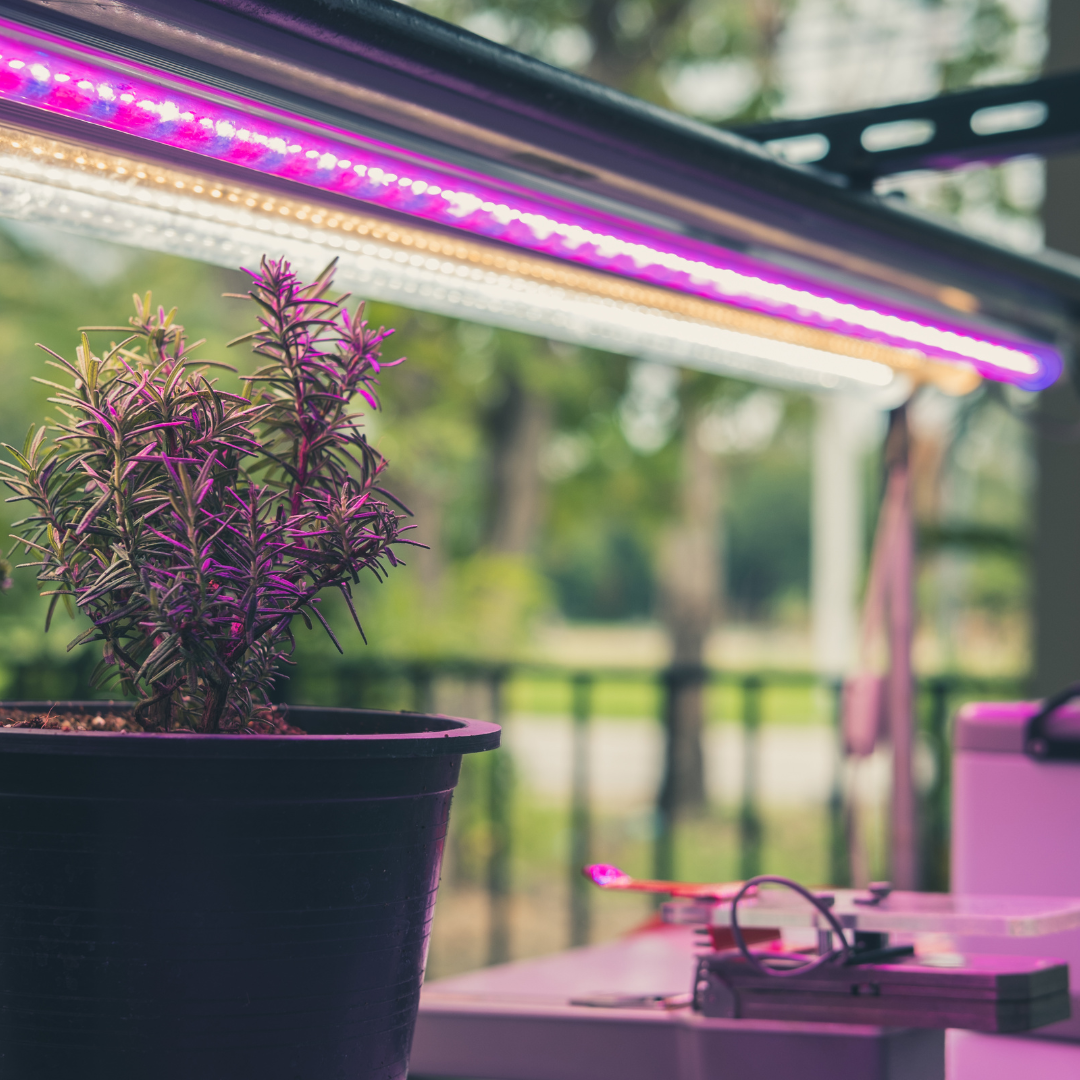
Addressing Wind Exposure
Strong winds can damage plants. Use windbreaks like screens or tall plants to protect your garden. Secure your plants and structures firmly to prevent them from being blown over.
Managing Plant Health
Regularly inspect your plants for signs of stress or disease. Prune and thin your plants to improve air circulation and reduce the risk of disease.
Rotate crops and use companion planting to maintain soil health and prevent pest problems.
Conclusion
Terrace vertical gardening offers many benefits, including saving space, improving air quality, and enhancing the beauty of your home.
By considering factors like structural support, light and water needs, soil quality, pest control, and regular maintenance, you can create a thriving vertical garden.
Advanced techniques like hydroponics and smart gardening tools can further enhance your gardening experience.
Vertical gardening also promotes sustainability and environmental stewardship, making it a rewarding and impactful way to connect with nature.
Whether you’re an experienced gardener or just starting out, terrace vertical gardening is a great way to enjoy the benefits of gardening in an urban setting.


